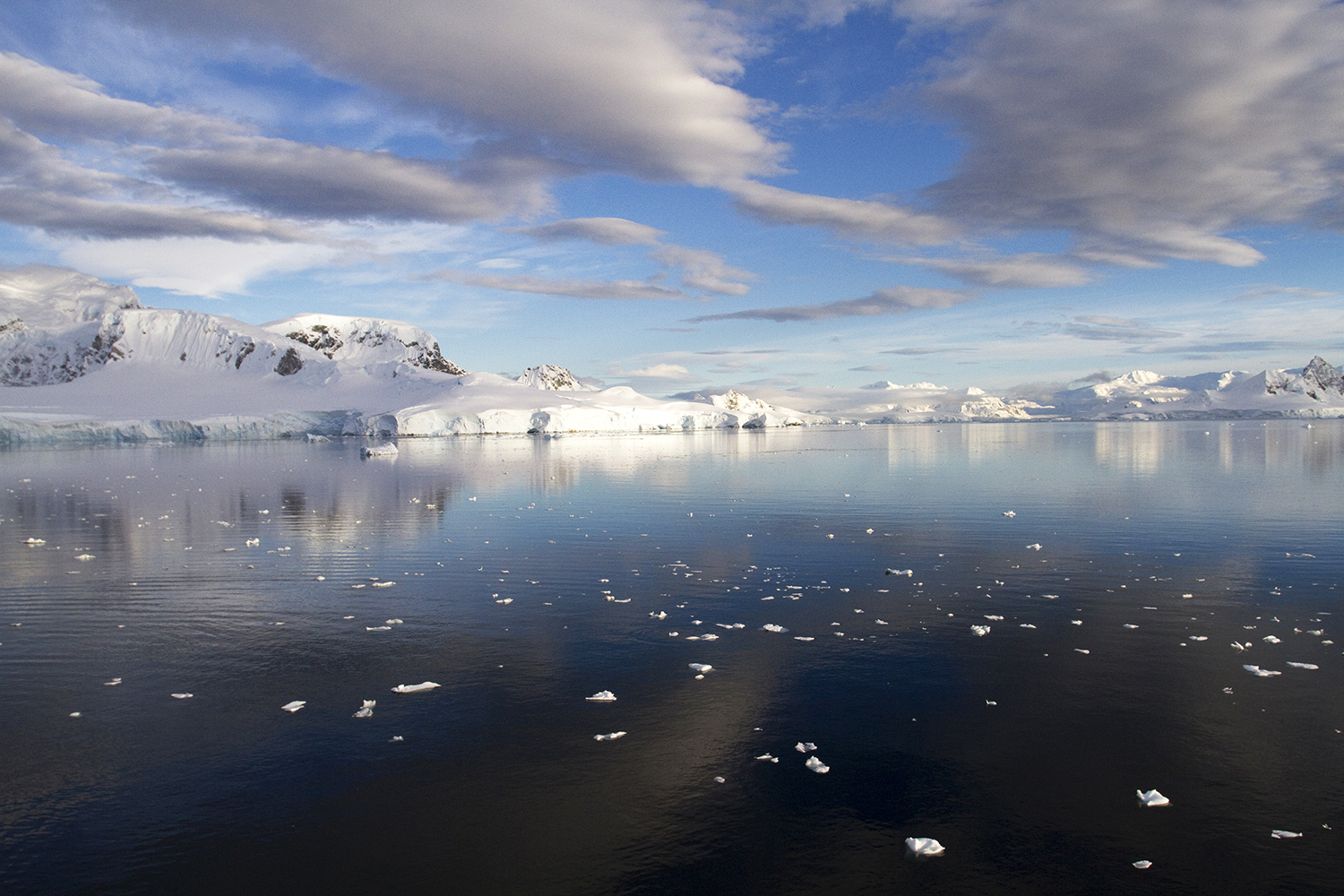
The ship tilts giddily from side to side. Cutlery slides off tables, the odd plate smashes and fellow passengers stagger around as though they've been hitting the vodka on board the Akademik Ioffe, an ice-strengthened Russian polar research vessel. This is it, this is the notorious 'Drake Shake' we've been warned about: a relentless, gut-churning swaying that reveals horizon and ocean on repeat. We've bid farewell to Ushuaia, sailed out of the Beagle Channel and now we've hit open waters – not just any open waters, but the wave-thrashed, 600-mile-wide Drake Passage, the roughest stretch of water on the planet, where the South Atlantic and the Pacific Ocean collide.
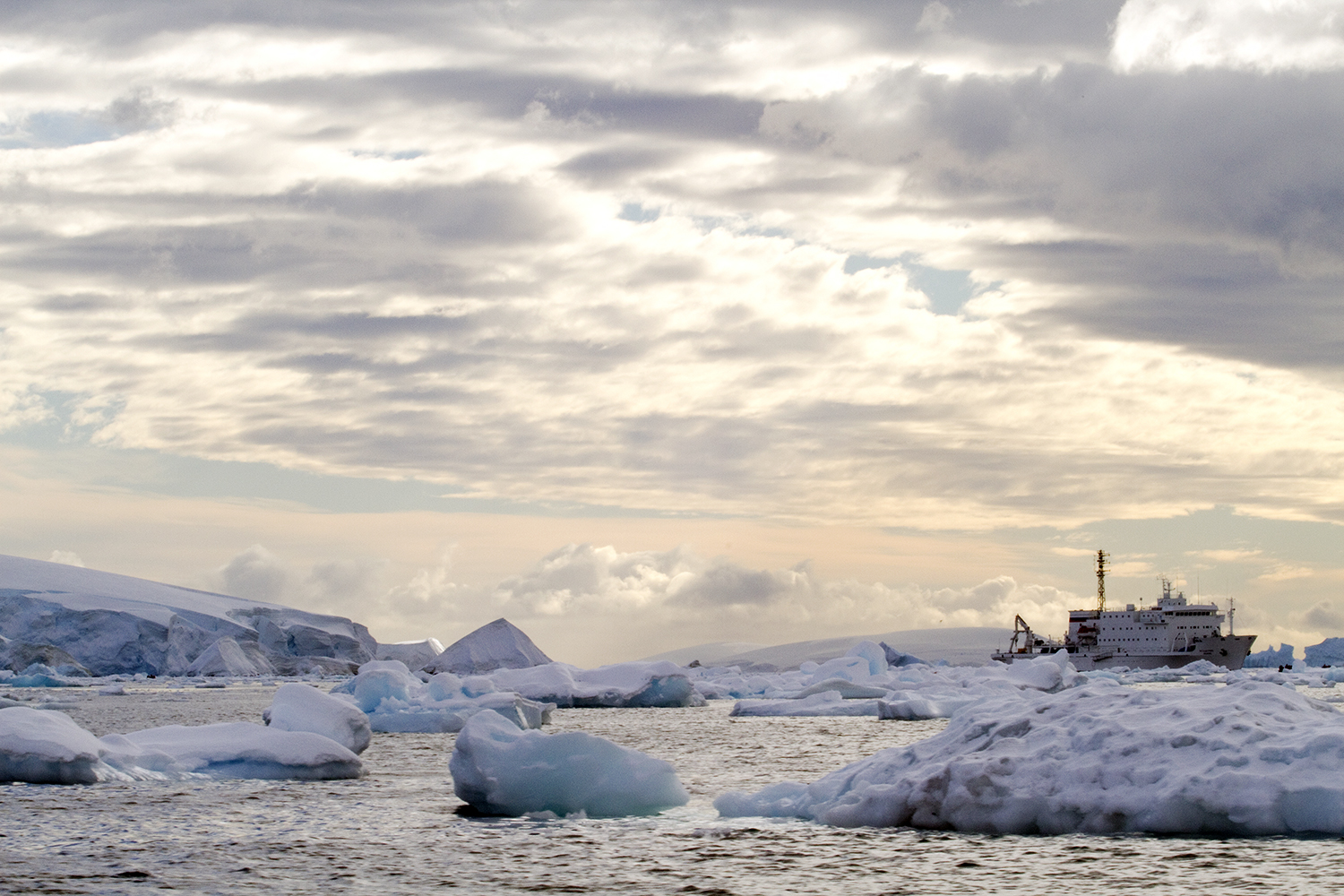
Reaching from the tip of South America to Antarctica, the strait has never been plain sailing. Indeed, it once chilled the hearts of intrepid navigators, with almighty swells and ferocious storms that tossed ships around like paper dolls, preventing them time and again from reaching the continent proper. The greatest of 16th-century mariners, Sir Francis Drake, gave the passage its name, but Willem Schouten crossed it first in 1616, rounding and naming Cape Horn in the process.
'I promise you we will rock and roll', says expedition leader Boris Wise with a knowing grin. 'And I mean like ACDC'. We're notching high seas and strong gales on the Beaufort Scale, and while we're not quite head-banging yet, we are certainly rocked to sleep in our bunks that night. But hearing veteran Antarctic traveller horror stories, it seems we have been let off lightly. When the ocean is at its most treacherous, waves can even reach the upper deck, almost swallowing the ship whole, I am told.
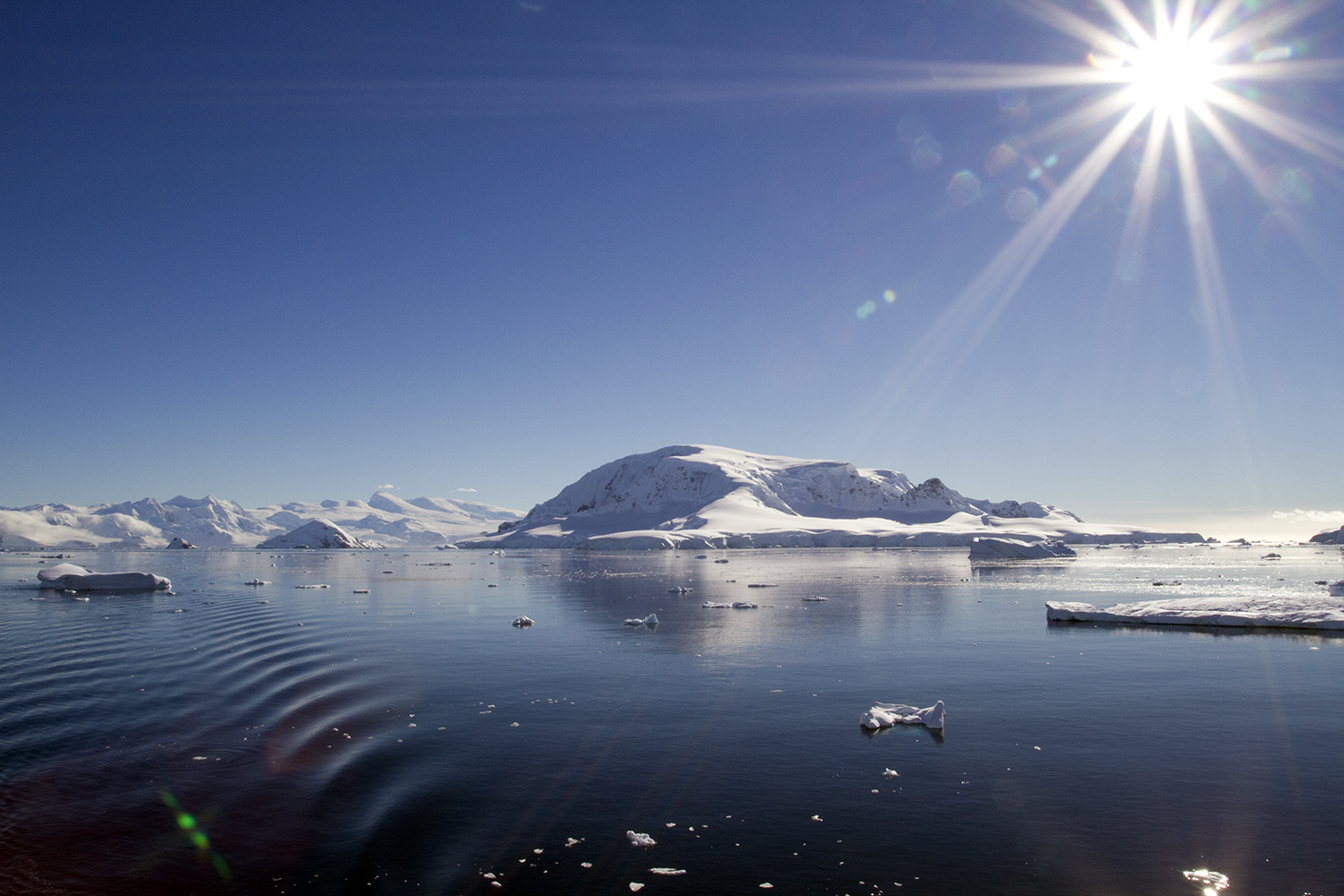
'You have to earn Antarctica – the Drake is your entrance ticket, it's a rite of passage,' says Dr Ari Friedlaender, an on-board whale biologist and an Associate Professor at Oregon State University's Marine Mammal Institute (mmi.oregonstate.edu). Ari is one of many experts who entertain and educate us on the two-day Drake crossing, with fascinating titbits on everything from the behaviour of humpbacks to how to tell a gentoo from a chinstrap penguin. Between lectures, we get to know one another – many on the voyage are, like me, visiting their seventh continent. And when the rocking momentarily subsides, we head out on deck, gazing out on endless ocean and up to occasional storm petrels or wandering albatrosses mastering the winds in lonesome skies.
You can swoon over photos in glossy magazines and watch documentaries on TV, but nothing really prepares you for the reality of Antarctica. This is a place that you have to see with your own two eyes, sense, breathe. I realise this instantly as soon as I lift the blinds in my cabin and feel a wave of excitement roll over me – there it is, spread out before me in all its still-watered glory.
What we wake up to is a crisp blue sky, a ripple of dark, snow-encrusted mountains and a welcome party in Fournier Bay in the shape of 30 humpback whales blowing, breaching and diving breathtakingly close to the ship to our synchronised chorus of 'wows' and frantic camera clicking. We jump aboard a Zodiac for a cruise of the bay, drifting past fur seals chilling out on icebergs, oblivious to our presence, and open-jawed leopard seals – hefty predators that weigh up to 300kg and love to snack on penguins.
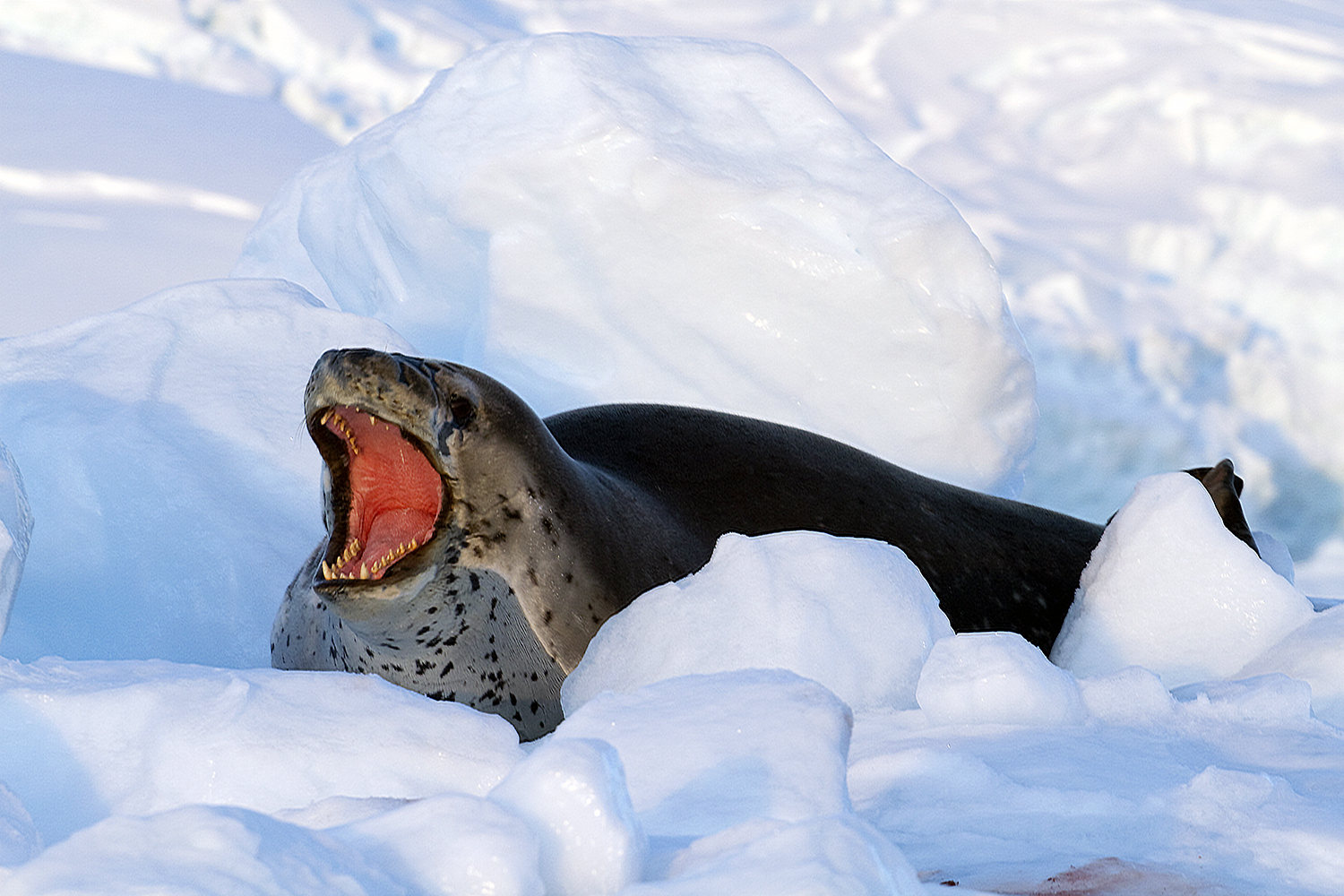
All of this is but the prelude to the main act that afternoon on Cuverville Island, home to a colony of some 15,000 gentoo penguins – one of Antarctica's biggest. It is only then I know that I have truly arrived in Antarctica. Gentoos porpoise with astonishing speed alongside our Zodiac. While not nearly as graceful on land, they are far more comical – the clowns of the penguin world, honking like party horns and sledding headfirst down icy slopes. They are also naturally curious. I keep a respectful distance, but one comes over to check me out, pecking my gumboots and tugging at my trousers. Most gentoos are their usual slick-feathered, playful selves, but a handful of them are having a bad hair day, resembling exploding pillows as they go through their annual catastrophic moult.
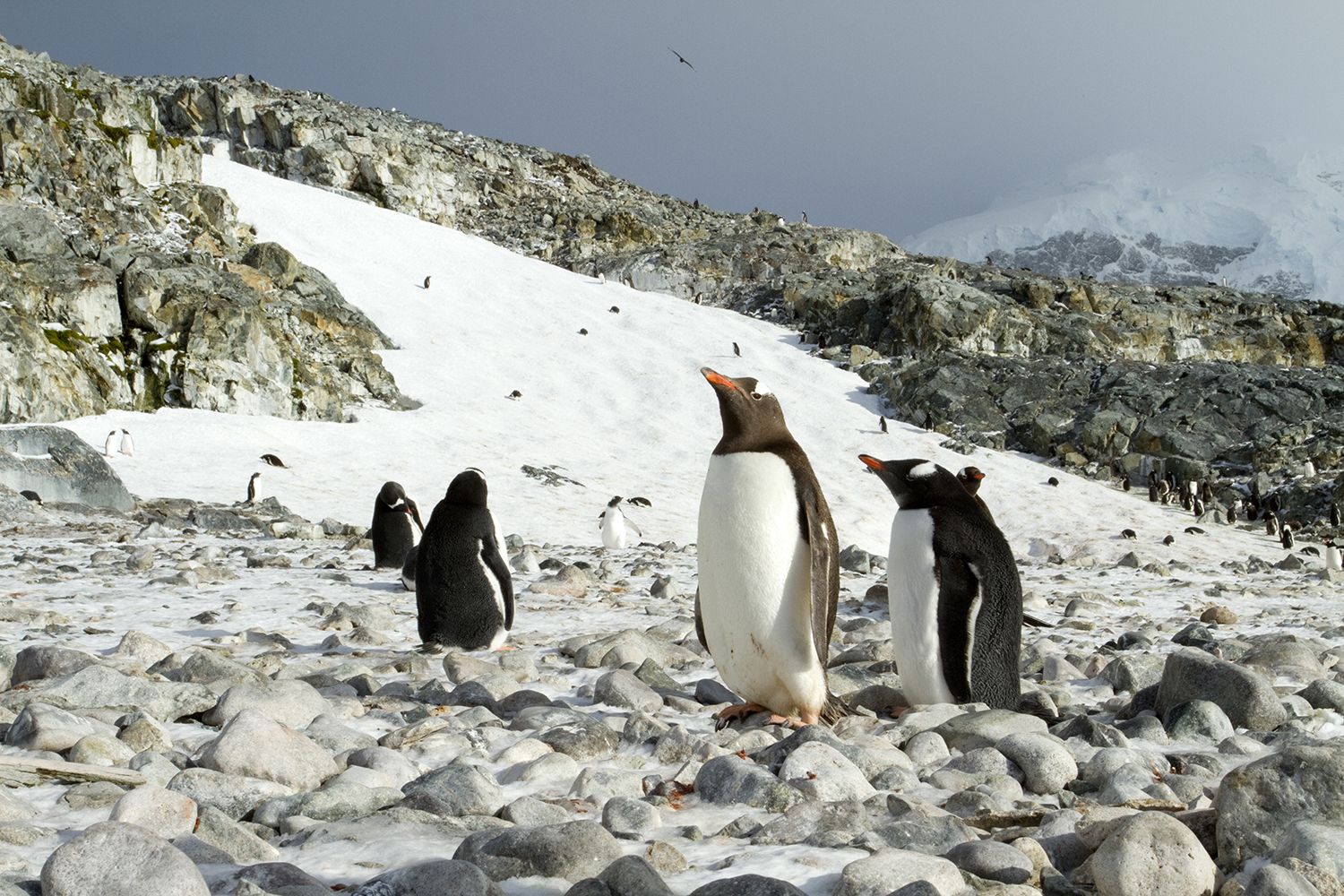
The mood on the Akademik Ioffe is buoyant as a rosy dawn lifts a curtain on another dazzling day – we've been blessed not only with the finest weather this season so far, but also the privilege of touring Palmer Station (pal.lternet.edu) on Anvers Island, the smallest of three United States Antarctic research stations. Here scientists study all aspects of the marine ecosystem, from sea ice habitats to nesting sites. On a less high-brow level, Palmer Station is also where you can get your passport stamped and eat the best brownies this side of South America.
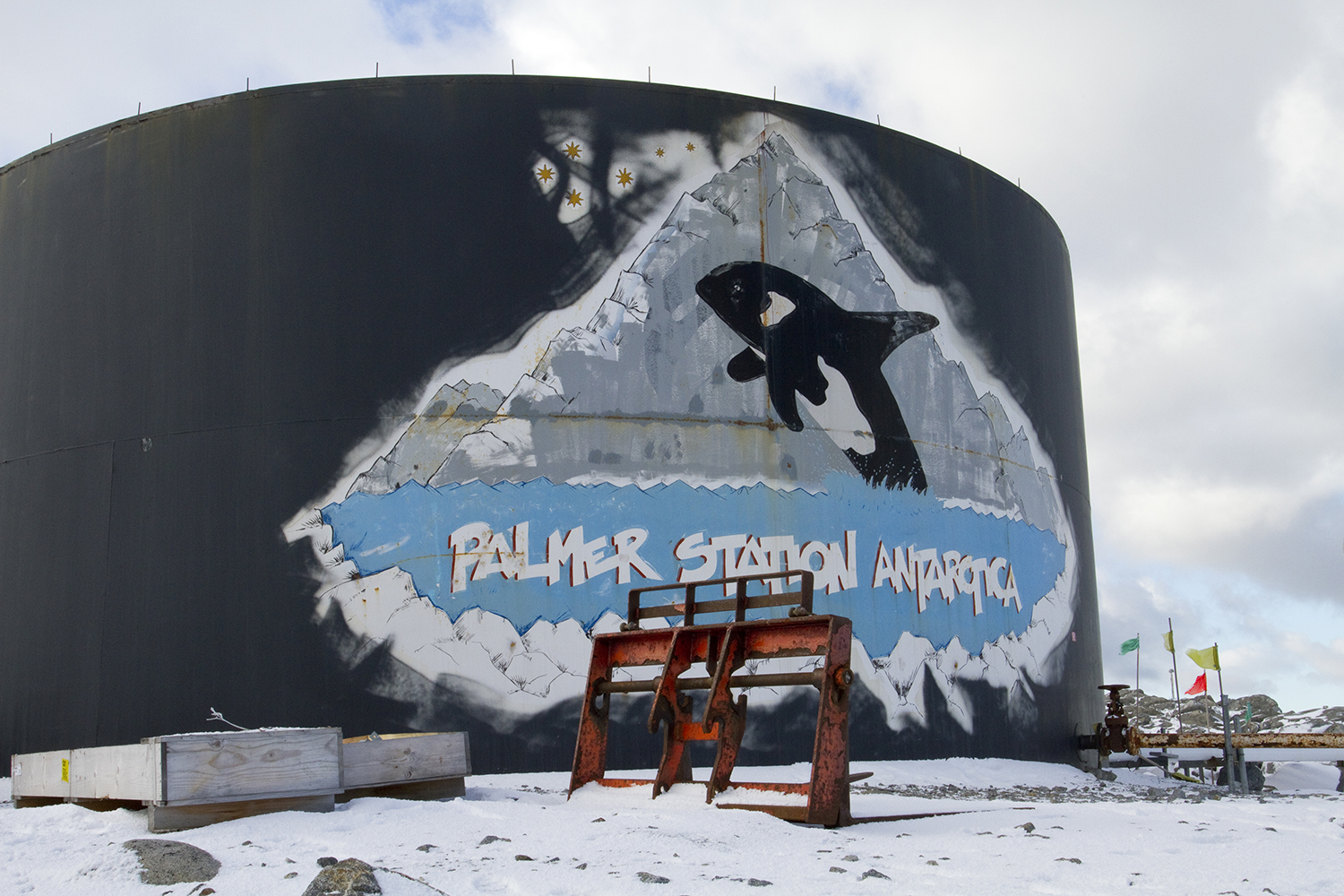
Nature ups the ante that afternoon as our ship squeezes through the narrow, sheer-sided Lemaire Channel, nicknamed 'Kodak Gap'. It is a ludicrously beautiful place, with fang-like mountains razoring above glassy waters. Up on deck, as we play spot-the-penguin and spot-the-seal for the umpteenth time, I talk to a seasoned polar traveller who tells me that she first came to Antarctica for the wildlife and now comes back for the ice. I can't imagine why until we take a Zodiac spin of the 'Iceberg Graveyard' around Pléneau Island that afternoon.
As its name suggests, the graveyard is where icebergs have run aground and are slowly melting. And what icebergs they are – some are small bergy bits and growlers, others as big as castles or popping up like giant mushrooms. I can just about make out the kayakers paddling through the brash ice in the distance. 'A leopard seal once gave a kayak a bear hug and went along for the ride,' says our naturalist guide Derek Kyostia, as we head back to the ship, day fading to pastel dusk.
There are moments you wait a lifetime for and stepping foot on the Antarctic continent is way up there. Our destination is Neko Harbor and once again we've drawn an ace when it comes to the weather. As our Zodiac lands, the first sun is just starting to creep up the mountain faces and a glacier calves with a colossal boom, followed by a wave that sends the resident gentoos scooting up the snowy beach in a flurry of feathers. Everything seems freshly minted in the frozen stillness of morning, as we walk in wonder past penguins sliding across the ice and climb a rise that opens up the view of the horseshoe bay.
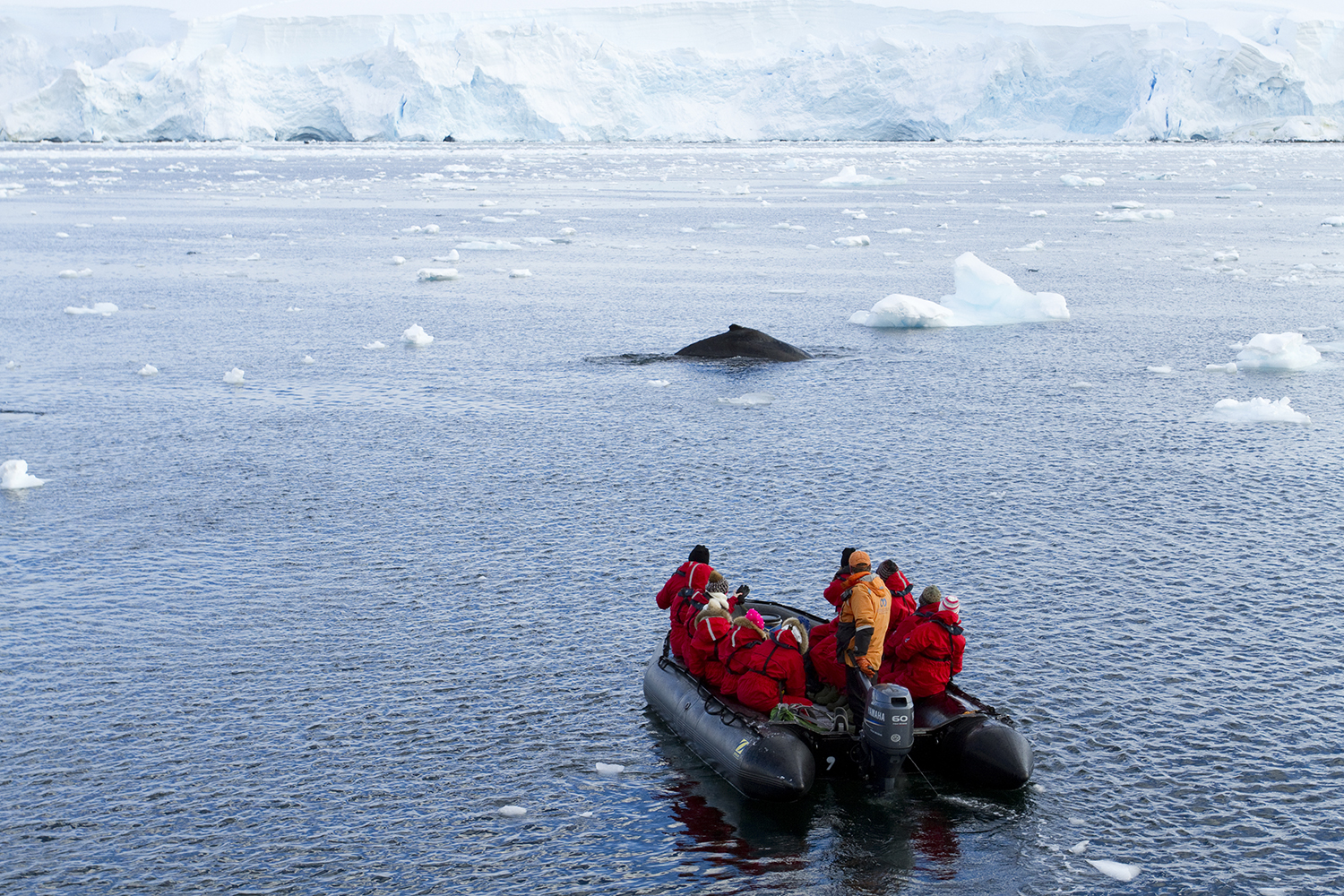
Just when it seems Antarctica can't get any more mind-blowingly lovely, we arrive in Wilhelmina Bay, or 'Whalhelmina' to those in the know for reasons that swiftly become apparent. 'Wilhelmina is the most beautiful place on earth,' says Ari. And right he is. The setting is so sublime it draws involuntary gasps of wonder – perfectly calm waters hold up a mirror to snow-clad mountains that thrust ruggedly above the bay, glaciers spilling down their sides like smashed meringue. Then the silence is broken by an echoing gurgle that sounds like a thousand snorkels clearing at once. It's a humpback and he has brought a few pals along. Suddenly, we are up close and personal with these giants of the deep, who seem to be putting on a show for our benefit. We watch spellbound as they lobtail, giving us a flash of their flukes – the tail patterns used to identify them like fingerprints. Some are resting and grunting close to the surface, others are bubble net feeding, circling underwater and blowing bubbles to force their prey closer to the surface. 'Nine o’clock,' somebody cries, and we all turn to watch blows jet up like immense fountains, back-lit by the late afternoon sun.
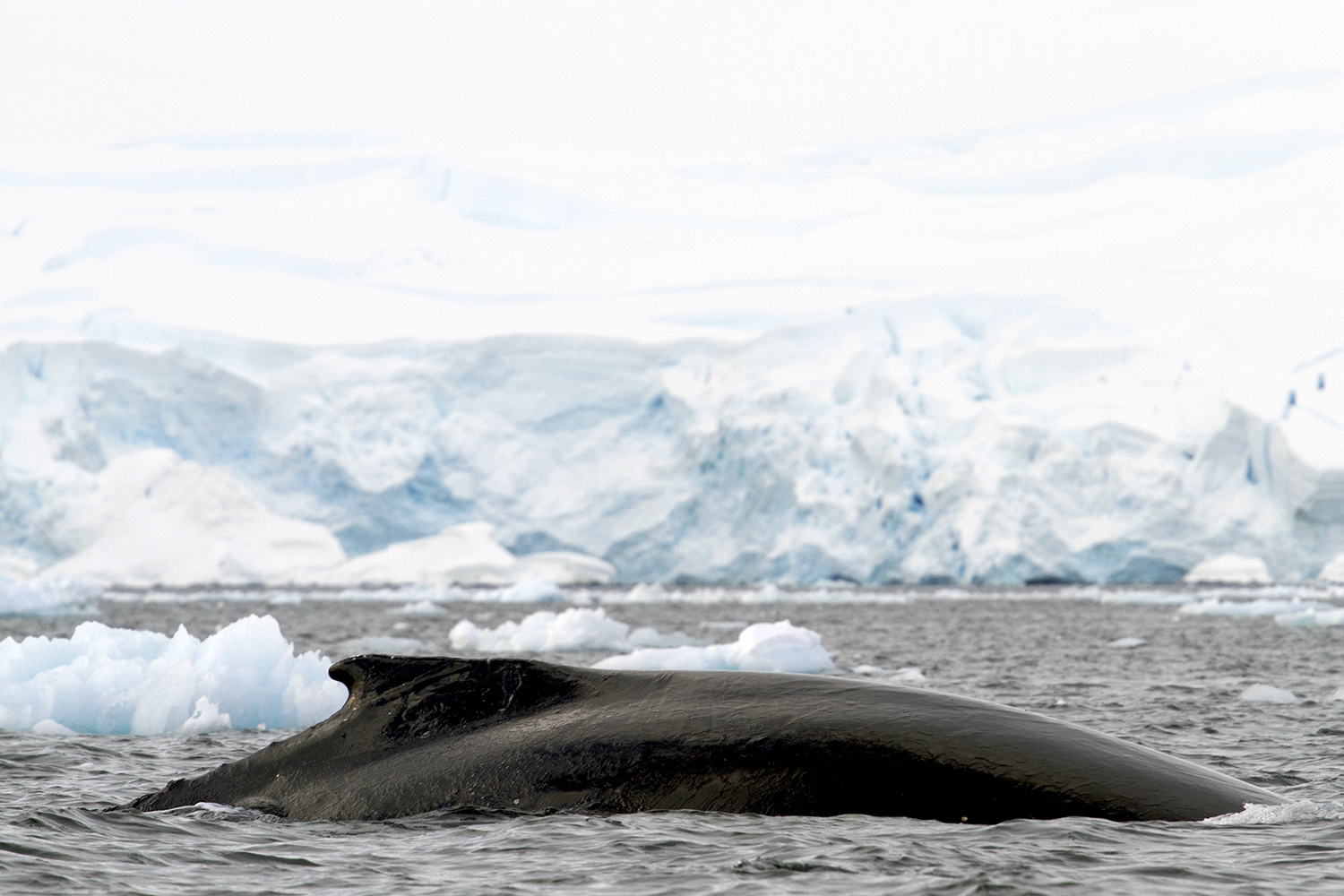
What really rocks Ari's boat, however, is the science being done in Wilhelmina Bay. 'We saw around 120 humpbacks here alone today,' he says. 'Wilhelmina is special because it attracts a lot of krill in both summer and winter, so many krill predators come here to feed. Humpback whales, crabeater seals, fur seals and minke whales all use the bay at different times of the year and in incredibly high numbers. It's a haven for the wildlife we come to the Antarctic to see. We use Wilhelmina Bay year after year to put tags on the whales, to see how they are feeding, at what time of day and how often, and it gives us a really strong indication of how important that area is to the animals. The tags are really neat, they attach to the whale with a suction cup, stay on for about 24 hours, and have the same kind of sensors you have in a smartphone that give the pitch, the roll and the heading of the whale in three dimensions.'
We cruise on that afternoon to Cierva Cove, where ice formations baffle with their scale and shapes. The Zodiacs whisk us past bergs the size of hotels, their arches shimmering opalescent blue, and fur, leopard and Weddell seals posing on the ice. A fiery sunset as we head back to ship is the icing on the cake.
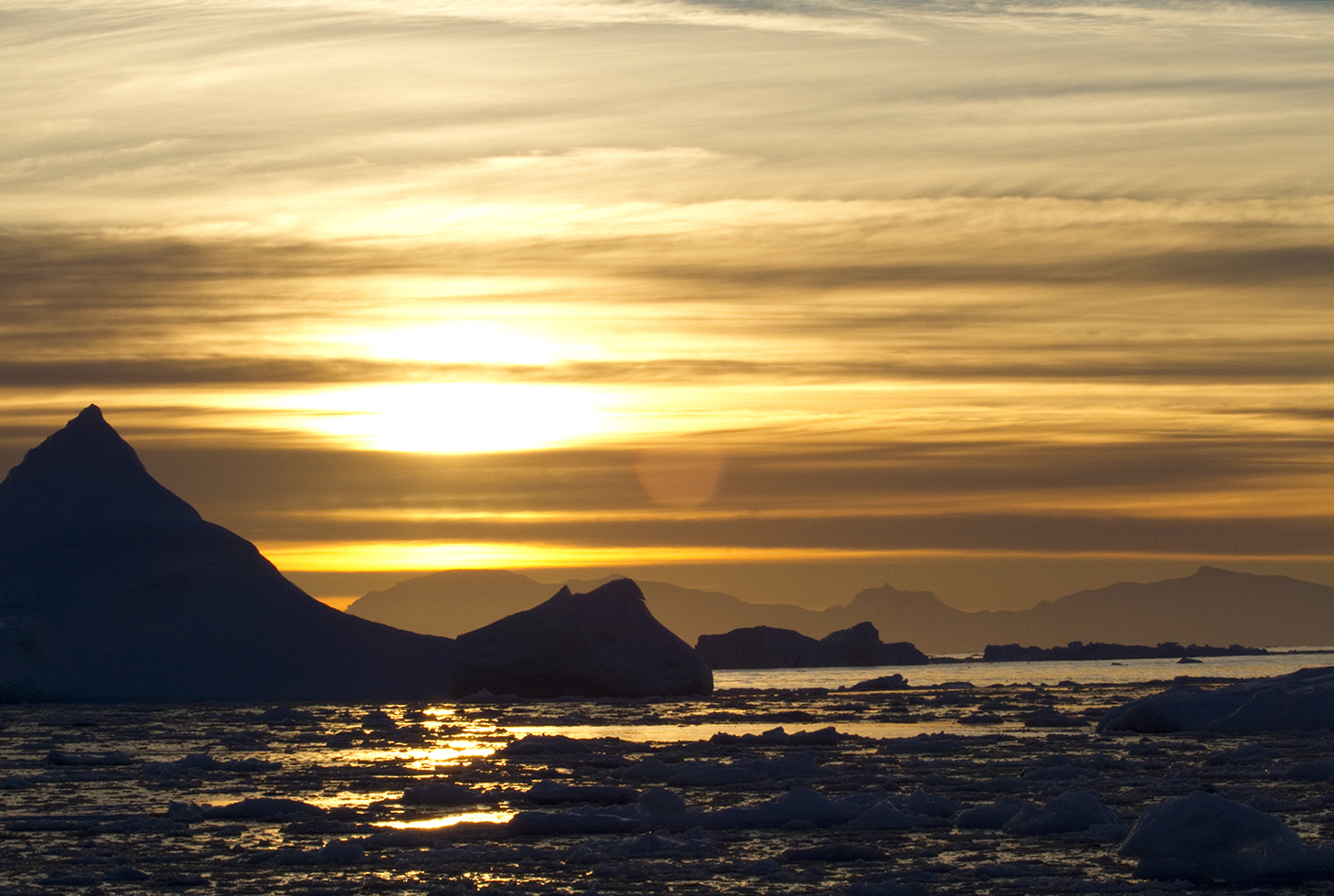
There's a strong emphasis on conservation and environmentally-minded expeditions to Antarctica today, with an aim to create wildlife ambassadors and leave behind nothing but footprints, but it wasn't always that way. Sailing into the caldera of an active volcano, we board Zodiacs to breeze across to the ashen beach of Whalers Bay on Deception Island. Commercial whaling decimated the whale population and the relics of what was a whaling station from 1906 to 1930 have been ravaged by time and the elements. Now the beach has been taken over by fur seals, who loaf around rusty fuel tanks, fight in the water and bark and chase anyone who steps a foot too close. In a burst of last-day-in-Antarctica madness, we strip down to swimsuits for the 'Polar Plunge', which is more of a dash and splash than a swim in the frigid °2C water.
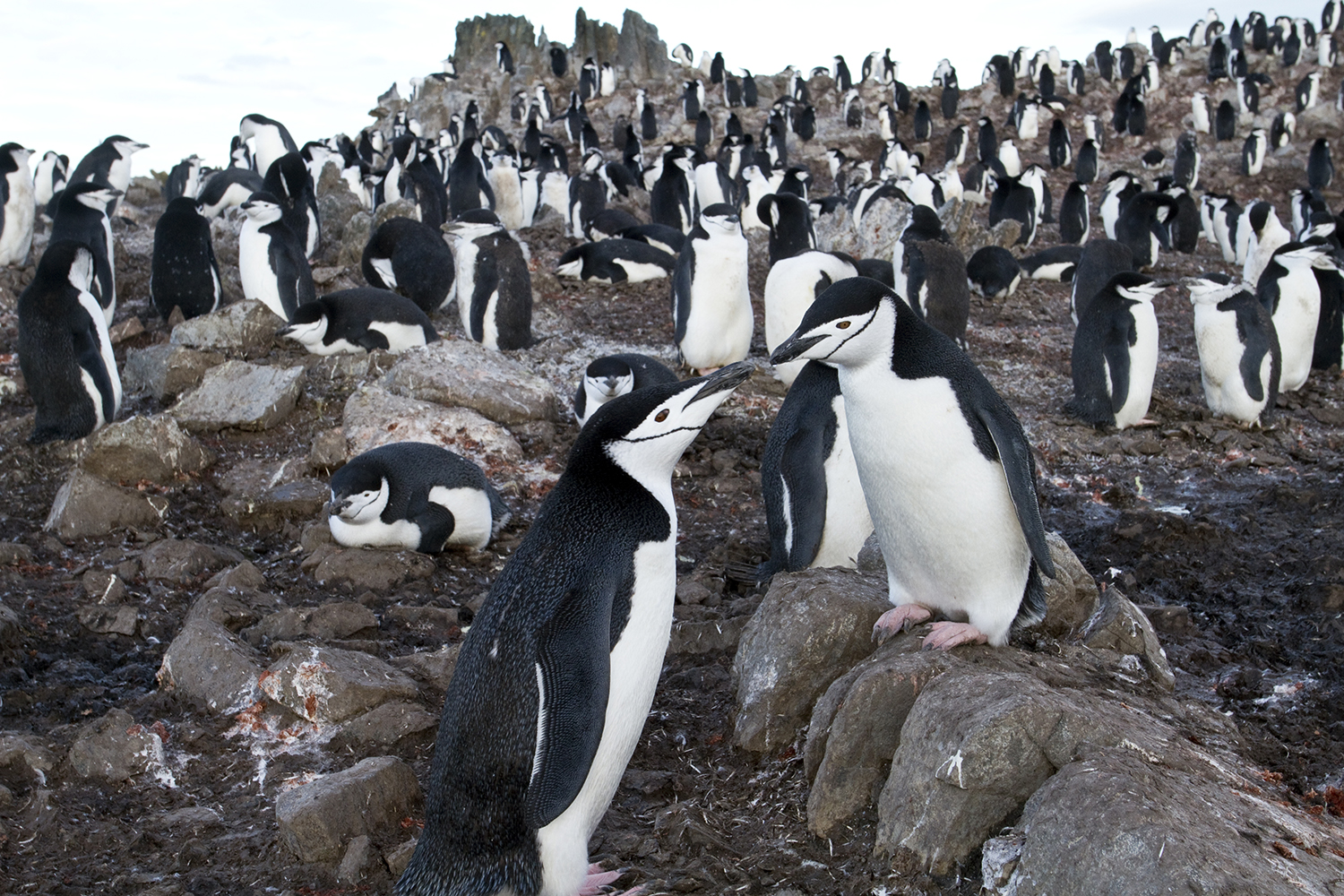
Half Moon Island is our final stop and we're greeted by a sizeable colony of chinstrap penguins, waddling and rock-hopping across the pebble bay, and enjoying the view from higher up – as we are – surrounded by rocky turrets and spires. I cast a final glance at Antarctica, lost in the moment. The landscape is so pristine and the penguins are entirely absorbed with going about their own business. This is nature in its purest form, where animals rule and we are just passing through. The Drake awaits and then our return to civilisation. But we all agree that we'll never be the same again – Antarctica changes you and stays with you forever.
Antarctic cruise specialists can help travellers choose itineraries and cabins, and many can also book flights and make transport arrangements in Argentina. Most Antarctica voyages depart from Ushuaia in Argentina. Aerolíneas Argentinas (aerolineas.com.ar) operate direct flights between Buenos Aires or El Calafate and Ushuaia International Airport (aeropuertoushuaia.com). The Antarctica cruise season is from November through March (austral summer and early fall). March is the prime time to see marine mammals.